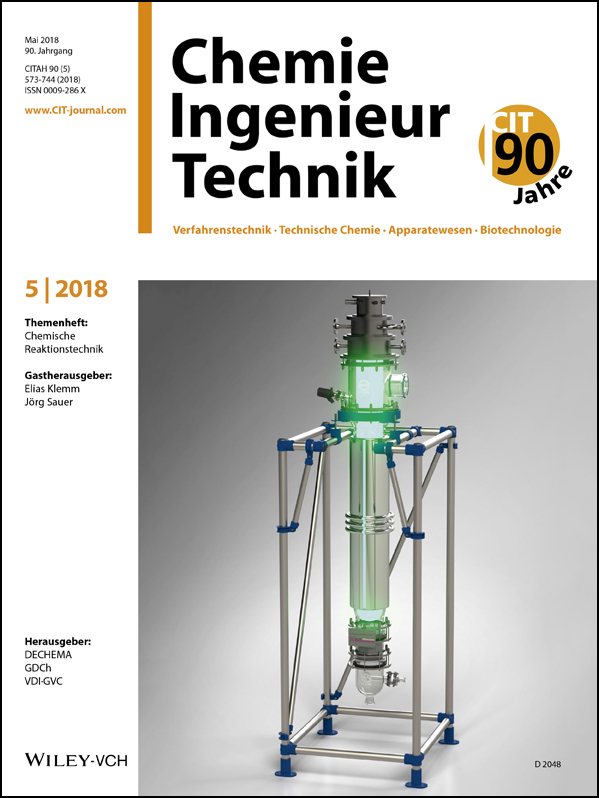Process Control and Yield Enhancement of the Galacto-Oligosaccharide Formation
Abstract
As lactose is an increasing by-product of dairy industry, the selective conversion to prebiotic galacto-oligosaccharides (GOSs) by the enzyme β-galactosidase represents a highly attractive value creation. The synthesis of GOSs is characterized by an equilibrium-limited reaction, which can be overcome by a coupling with an enzymatic reduction of the side product glucose to achieve an increase in product yield. Furthermore, the effect of substrate substitution based on sweet whey and the impact of whey-dominating salt ions was examined, leading to a further process intensification of GOS synthesis.




